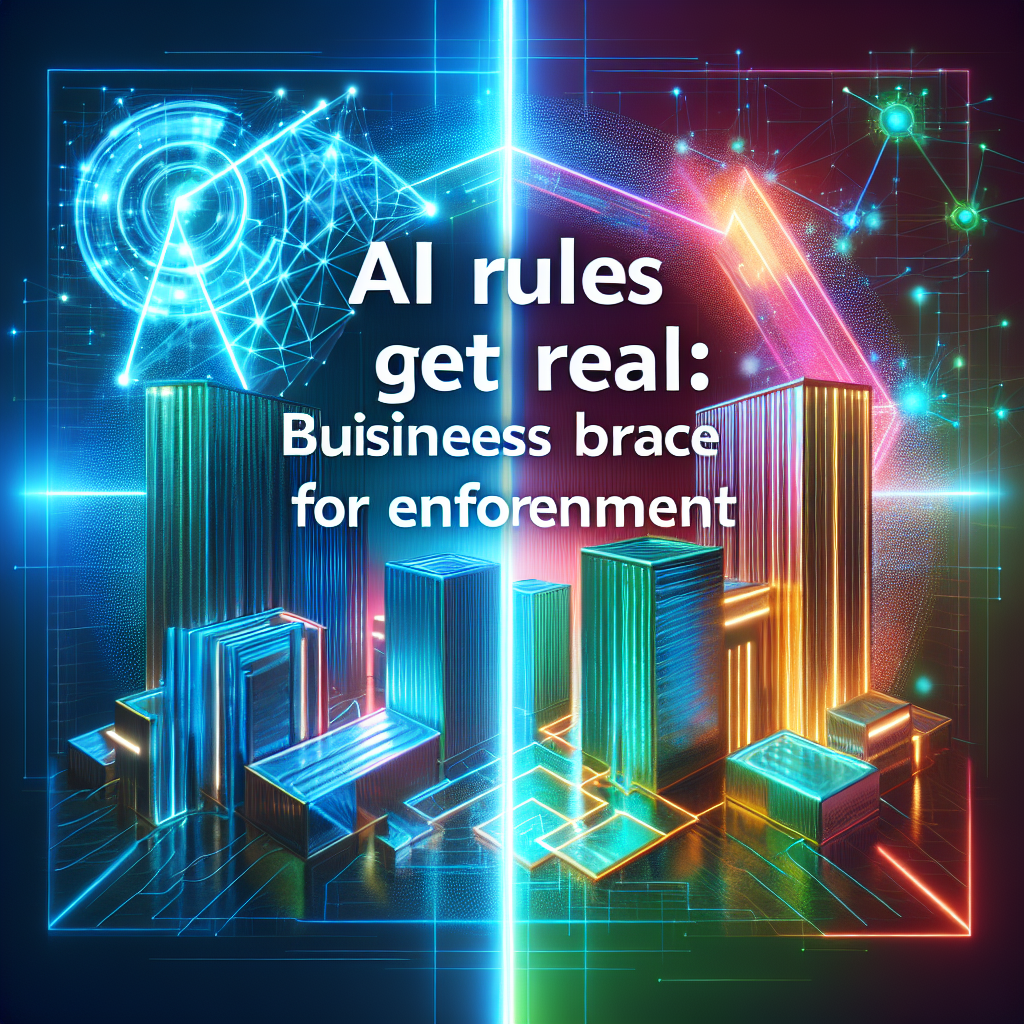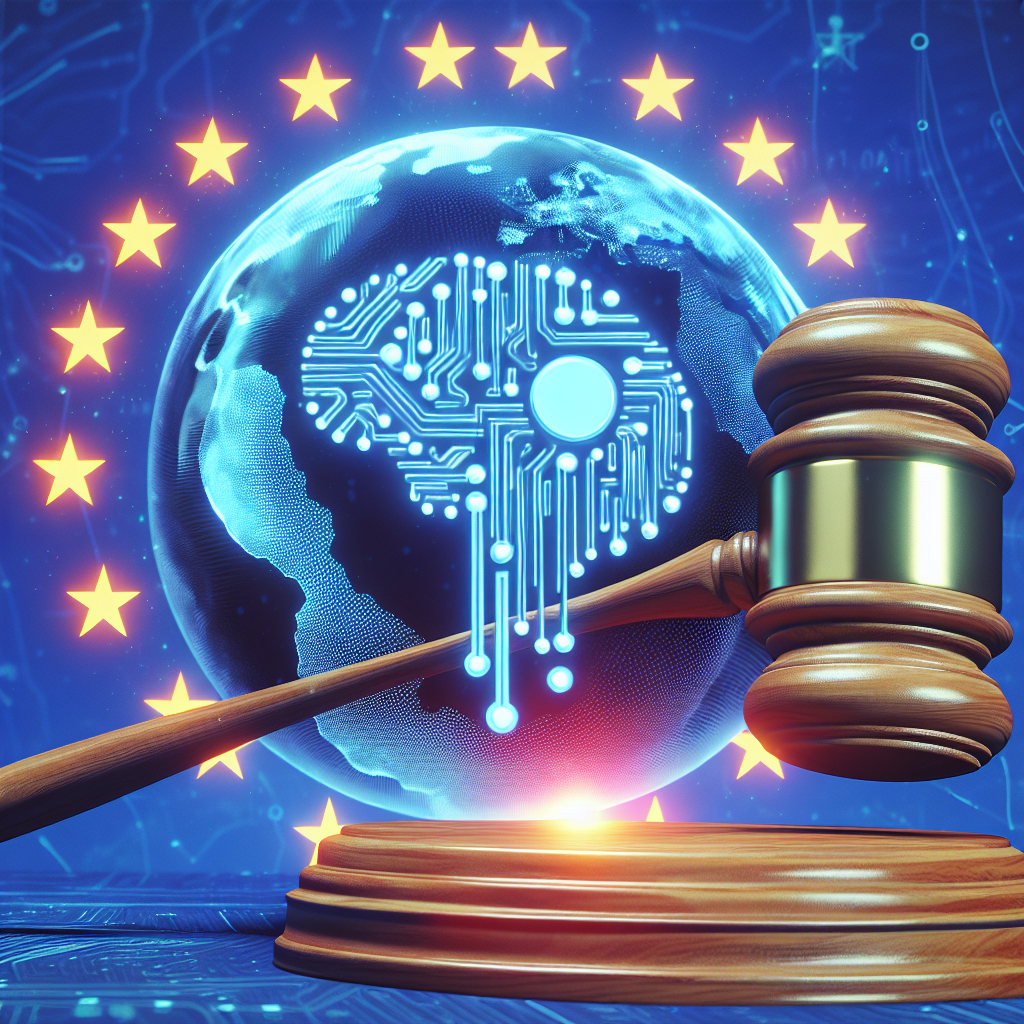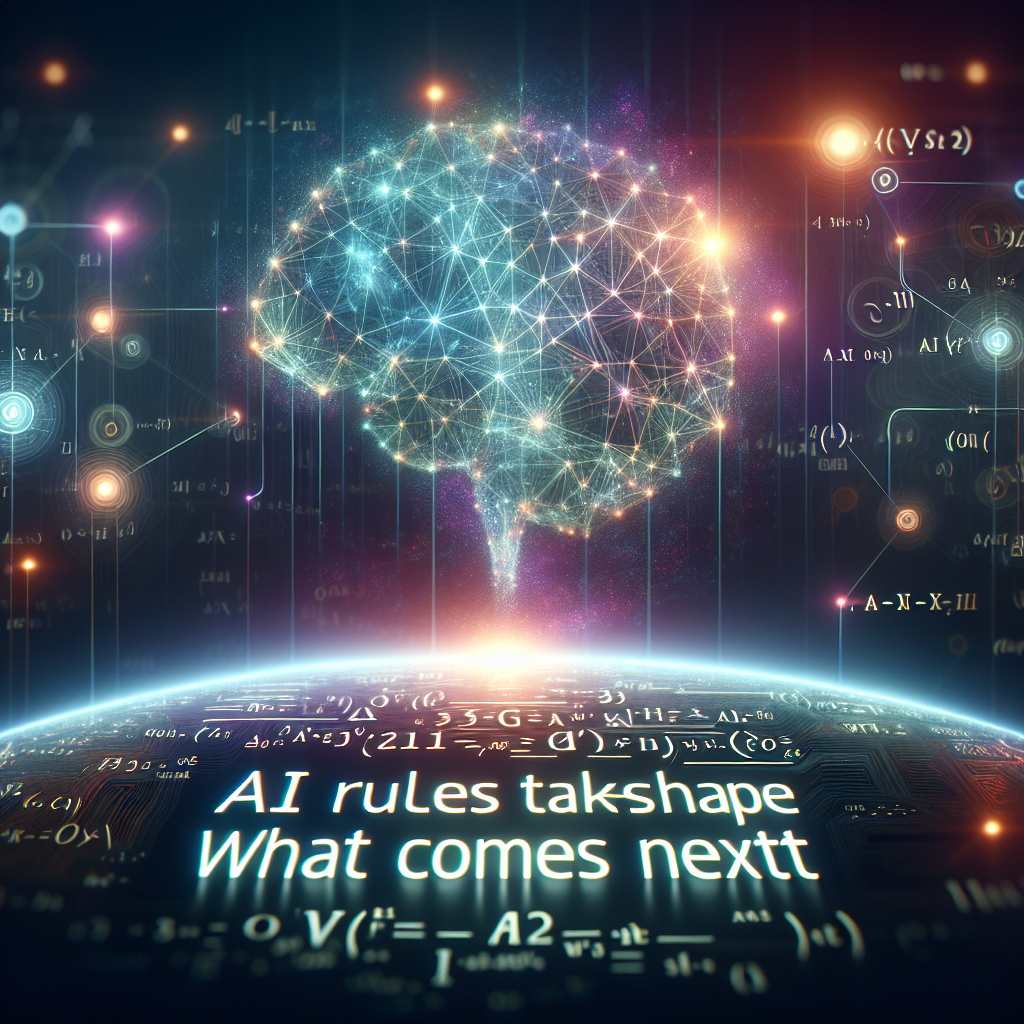EU AI Act Sets a New Global Bar for Safer AI

Europe’s landmark rules begin to reshape AI
Europe’s sweeping Artificial Intelligence Act is moving from words on paper to changes in practice. As phased enforcement begins, technology firms, public agencies, and startups are adapting to the European Union’s risk-based rulebook. The law is the first of its kind at this scale. It sets obligations based on how risky an AI system is to people and society. It also adds special guardrails for general-purpose AI models, including the largest systems powering chatbots and image generators.
“Europe is now the first continent to set clear rules for AI,” European Commissioner Thierry Breton said after the law’s adoption. The legislation aims to protect rights and safety while keeping room for innovation. It comes amid rapid advances in generative AI and mounting public scrutiny over bias, misinformation, and security threats.
What the law does
The EU AI Act divides AI uses into categories: banned, high-risk, limited-risk, and minimal-risk. The tougher the risk, the stronger the controls. The law applies to developers, importers, and deployers of AI systems that touch the EU market, even if they are located outside the bloc.
- Banned uses: Certain practices are prohibited. These include social scoring by public authorities and some forms of biometric surveillance in public spaces, with narrow exceptions set by law. The law also targets manipulative systems that can cause harm.
- High-risk systems: Tools used in sensitive areas face strict duties. These include AI for hiring, education, critical infrastructure, medical devices, law enforcement, and access to public services. Providers must manage risk, assure data quality, document their systems, log activity, ensure human oversight, and prove robustness and cybersecurity.
- General-purpose AI (GPAI): Developers of broadly capable models must share technical documentation with deployers, explain usage limits, and publish training data summaries. The largest models deemed to pose systemic risk face extra testing, incident reporting, and security obligations.
- Transparency rules: Users must be told when they interact with AI, when content is AI-generated, and when emotion recognition or biometric categorization tools are used, subject to legal limits.
Penalties can be severe. For the most serious breaches, fines can reach up to 7% of global annual turnover, depending on the violation and the size of the company. Lesser breaches draw smaller penalties but still carry significant costs and reputational risks.
Why it matters
The EU’s move sets a global reference point. Companies often align with the strictest rule set when building products for many markets. That is what happened with data protection after the EU’s GDPR. A similar pattern could emerge for AI. Supporters say the law will raise safety standards and reduce harm. Critics warn of compliance burdens, especially for small firms, and uncertainty in how regulators will apply the rules to fast-moving technology.
Sam Altman, CEO of OpenAI, told U.S. lawmakers in 2023 that “regulatory intervention by governments will be critical to mitigate the risks of increasingly powerful models.” Many researchers share that sentiment. Some have warned that large language models can act as “stochastic parrots,” a phrase from a 2021 paper by Emily M. Bender and colleagues, because they can confidently produce fluent but inaccurate or biased output. The law seeks to reduce those risks without blocking useful applications.
The timeline and what companies should do now
Compliance arrives in phases. Bans on prohibited AI have been among the first to take effect. Additional obligations for general-purpose AI models and high-risk systems roll in over the next one to two years, with some sector rules tied to existing EU product safety laws.
- Map your AI portfolio: Identify which systems fall in high-risk categories and where GPAI models are used. Many firms are creating AI inventories and system “cards” that capture purpose, data sources, and controls.
- Build governance: Define accountability. Appoint owners for model risk. Set up a documented risk management process, from design to deployment and monitoring.
- Harden the pipelines: Improve data governance, testing, and red-teaming. Add robust logging and incident response for model failures and misuse.
- Prepare documentation: Draft technical files and user instructions. For GPAI, prepare usage policies and training data summaries. Expect to update these as models evolve.
- Pilot conformity assessments: Engage notified bodies early if your system requires external assessment. Use dry runs to find gaps before deadlines bite.
Legal teams, data scientists, and product leaders are working together to align existing AI risk playbooks with the new rules. Firms that already follow frameworks like the U.S. NIST AI Risk Management Framework report a smoother path, though EU-specific documentation and oversight still require effort.
Industry reaction is mixed
Large tech companies have welcomed clear rules but want flexibility. They argue that many safeguards depend on downstream use. Smaller companies fear compliance costs will hit them harder. Civil society groups pushed for strict bans on surveillance. They say the final text is a compromise and want strong enforcement.
Regulators must strike a balance. Too much rigidity could slow helpful tools in healthcare, climate modeling, and education. Too little scrutiny could leave people exposed to discrimination, privacy intrusions, or faulty automation in critical settings. The law’s risk-based structure is designed to calibrate oversight. Its success will hinge on practical guidance and consistent decisions by national authorities and the new EU-level bodies coordinating enforcement.
The global context
The EU is not alone. The United States has issued an executive order on AI safety and is funding research on secure model evaluations and watermarking. The National Institute of Standards and Technology promotes voluntary risk management practices that many companies follow. The United Kingdom favors a regulator-led, sector approach and hosted a global AI Safety Summit. China has adopted rules for recommendation algorithms and generative AI, including content responsibility, security reviews, and watermarking of synthetic media.
These approaches differ but share themes: transparency, accountability, and testing. Cross-border alignment remains a challenge. Companies worry about fragmented requirements on disclosure, safety benchmarks, and data rights. Standards bodies will play a key role in turning legal aims into technical specifications. Expect intense work on benchmarks for bias, robustness, and interpretability, plus common formats for model cards and incident reports.
What to watch next
- Guidance and standards: The EU and standards groups will publish detailed guidance on how to comply. These documents will shape real-world expectations.
- Early enforcement: First cases will set precedents. Watch how authorities treat edge cases like AI-assisted hiring tools or emotion recognition used in retail and education.
- Systemic models: The definition and oversight of the largest general-purpose models will evolve. Expect updates as capabilities and risks become clearer.
- Interoperability: Regulators may seek common testing methods and disclosures. This could reduce friction for companies operating in many markets.
The EU AI Act marks a turning point. It puts guardrails on a technology that is advancing fast and entering everyday life. Backers say clear rules will build trust and support investment. Skeptics warn the burden could slow smaller innovators. The outcomes will depend on execution: precise guidance, steady enforcement, and ongoing dialogue between policymakers, researchers, and industry. What is certain is that AI builders everywhere are paying attention—and updating their playbooks.



























































































































































































































































































